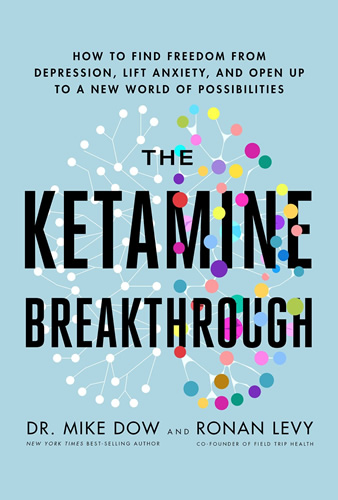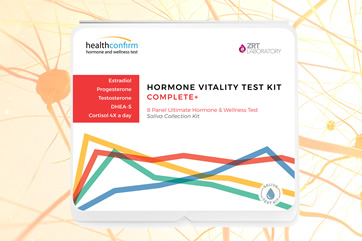Take advantage of mother nature’s mood boosters.
You’d love a little boost of serenity, joy, and happiness, but you’d love to get it naturally. Whether you’re pregnant or are worried about the slippery slope of dependency that can occur with prescription drugs, there are countless reasons to seek out natural remedies.
Natural alternatives to prescription drugs have become increasingly important in recent years. An April 2016 report revealed prescriptions written for benzodiazepines like Xanax and Valium tripled between 1996 and 2013. More troubling: Overdoses quadrupled during this same time period. Another popular class of drugs, selective serotonin reuptake inhibitors (SSRIs) like Zoloft and Lexapro, aren’t as dangerous when it comes to potential for addiction or overdose; however, some patients do experience unpleasant side effects, even on these.
The good news: Recent studies have shown many natural alternatives to not only be effective, but also come with very few side effects. Plus, many options can work alongside existing treatments for those with mental illnesses that do require medication. As always, talk to your prescriber to make sure any natural treatment is safe for you.
1 | Take a high-EPA, low-DHA omega-3 supplement.

EPA and DHA are the two main types of fatty acids, but they each serve different purposes. EPA is your “feel better” omega-3 and it competes for space with DHA, your “think better” omega-3.
Most omega-3 supplements have roughly equal amounts of both, but that won’t boost your mood as powerfully as a high-EPA formula. In fact, an August 2011 study found an omega-3 supplement high in EPA was as effective as prescription antidepressants in treating major depressive disorder. Meanwhile, another study looked at stressed out medical students and found this formula reduced anxiety by 20 percent.
The clinically-effective ratio to look for is 7 to 1 EPA to DHA. In the depression study, the daily dose was a formula containing around 1,000 mg of EPA and about 150 mg of DHA. For the anxiety study, it was double that amount: around 2,000 mg of EPA and about 300 mg of DHA.
Omega-3 supplements are safe for most people, but check with your doctor before taking a supplement because fish oil can have a blood-thinning effect and might not be right for people with bleeding concerns who are already taking a blood thinner, anti-platelet drugs, or ginkgo.
2 | Try light box therapy.

While light boxes have traditionally been used for people with seasonal affective disorder, they’ve been shown to help with non-seasonal dips in mood, as well. Past studies have shown exposure to bright, artificial light can naturally lift levels of the mood-boosting hormone serotonin. In fact, one carefully designed, randomized trial showed that light boxes may even be as powerful as prescription antidepressants. Additionally, light boxes also normalize your melatonin production, which promotes more restful sleep and in turn can benefit your mood, according to a January 2011 study.
Look for a box that has at least 7,500 lux of full-spectrum light, which is necessary to deliver the power and type of light that has these beneficial effects. Use it in the morning for 20 to 60 minutes, but avoid exposure if you’re bipolar, because light boxes can trigger manic episodes.
3 | Practice yogic breathing.

Yogic breathing, also called pranayama, is nearly as effective as prescription antidepressants. In fact, it’s so effective that researchers in a landmark study deemed it an alternative “first line treatment” for acute mental illness. Older studies have found that breath practice can reduce stress hormone levels after just a single session. Yogic breathing even works in the most serious cases of drained brains. One study found that electroconvulsive therapy (ECT) – one of the “heaviest hitters” in treating severe mental illness – was only slightly more effective than pranayama for treating patients hospitalized with a mood disorder.
One of the easiest yogic breathing practices is called “diaphragmatic breathing,” which engages your diaphragm at the base of your lungs and the abdominal muscles to empty the lungs powerfully. It may be a little difficult at first, but over time, as the muscle strengthens, the practice will become easier. For beginners, try this lying down with a pillow under your head and one under your knees. Work your way up to employing the same technique while sitting in a chair or standing.
Try yogic breathing: Place one hand on your upper chest and the other hand below your rib cage, over your belly. Inhale through your nose, breathing into the belly so it moves out toward your lower hand. Keep the hand on your chest still. Exhale through your mouth, contracting your abdominal muscles to push all the air out. The hand on the belly should now move toward your body as the lungs fully empty. Repeat with slow and steady inhales and exhales. Practice this for several minutes, a few times a day. As you become stronger, try the advanced version by lying down with a heavy book over your stomach, which will help strengthen the muscles.
This can also be a tool to check in with your mood. When you begin to feel stressed in your daily life, check in with your breath by placing one hand on your chest and the other on your belly. Which hand is moving? If it’s the one on your chest, this is a clue that the sympathetic nervous system — your stress response — has become dominant. You can use the diaphragmatic breathing to gently correct this.
4 | Drink turmeric.
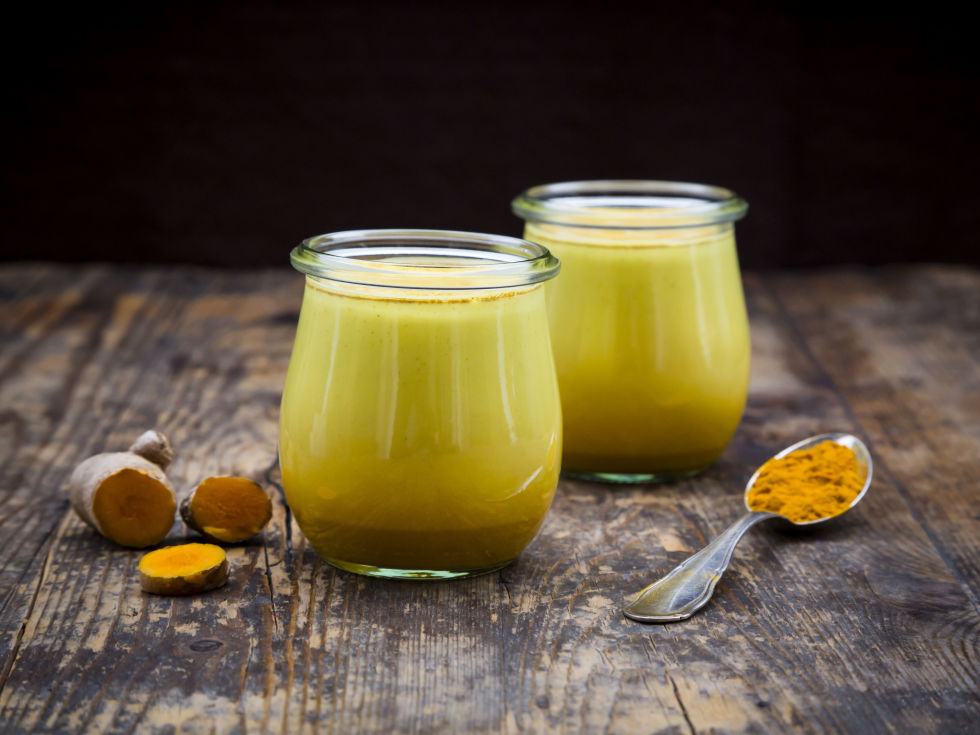
An April 2014 study found turmeric — an ancient healing spice that’s the main ingredient in curry — was as effective as prescription antidepressants in treating depression.
Try a turmeric wellness shot daily: Combine half a teaspoon of turmeric and black pepper with an ounce of cold water. For an extra eye-opening boost, toss these two ingredients in a blender with fresh lemon juice, cayenne pepper, and/or ginger.
5 | Eat foods with folate.

Folate, also known as vitamin B9, plays such a large role in mood regulation that it’s now available as a prescription to treat depression. Folate is the B vitamin that helps your brain convert the dietary amino acid tryptophan into the chemical 5-HTP, which is then converted into calming, feel-good serotonin. Knowing that, it’s no wonder low folate has been associated with dips in mood. Folate also supports healthy adrenal function to help you deal with stress.
Instead of taking a pill, get your folate fix by eating a wide variety of vegetables and beans. You may be familiar with folic acid, the synthetic form of folate found in fortified products like cereals and other grains — but most Americans eat far too many carbohydrates, which can drain your brain and cause blood sugar spikes. Meanwhile, the naturally-occurring folate found in vegetables is more effective and better for you. Get more folate from spinach, Brussels sprouts, kale, romaine, mushrooms, asparagus, bananas, melons, lemons, Swiss chard, broccoli, lentils, black beans, kidney beans, and black-eyed peas.
6 | Sip on saffron.
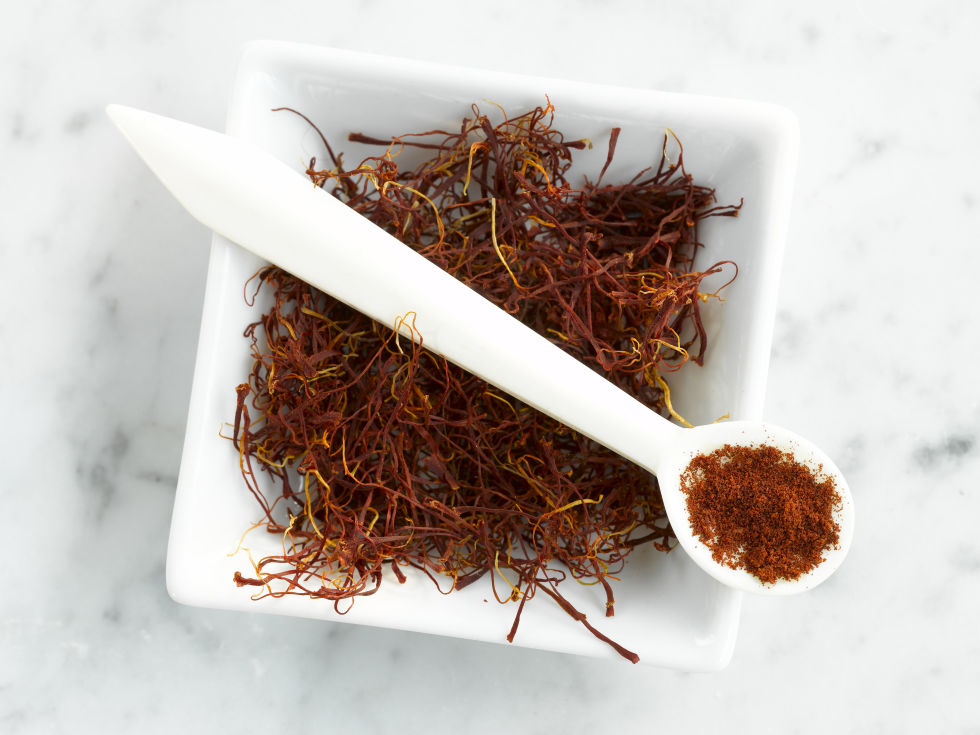
Studies have found the red spice to be as effective as prescription antidepressants in treating mild depression.
Try a bedtime latte: Warm one cup of your favorite type of milk and add half a teaspoon of cinnamon and five threads of saffron.
7 | Work out for 10 minutes.

A November 2015 study found people who were physically fit released a whopping 42 percent less cortisol — aka the stress hormone — throughout the day when compared to people who were unfit, and less stress means a better mood and energy levels.
Lack of time is one of the most common reasons for not exercising regularly, but one method, sprint interval training (SIT), provides the same benefits in just 10 minutes as traditional interval training workouts at 50 minutes. In fact, an April 2016 study found sprint interval training three times a week for 12 weeks afforded sedentary people similar improvements in cardiovascular and metabolic health as those who did traditional interval training.
Specifically, the SIT format involved two minutes of warming up to start and three minutes of cooling down at the end. In the middle were three repetitions of 20 seconds of an “all out” sprint followed by two minutes of light activity.
There’s only one total minute of intense work here — those three 20-second bursts — within the short, 10-minute workout. The research from this study also proves how tiny bursts throughout your day — like taking the stairs after lunch — can have a real effect on your overall health.
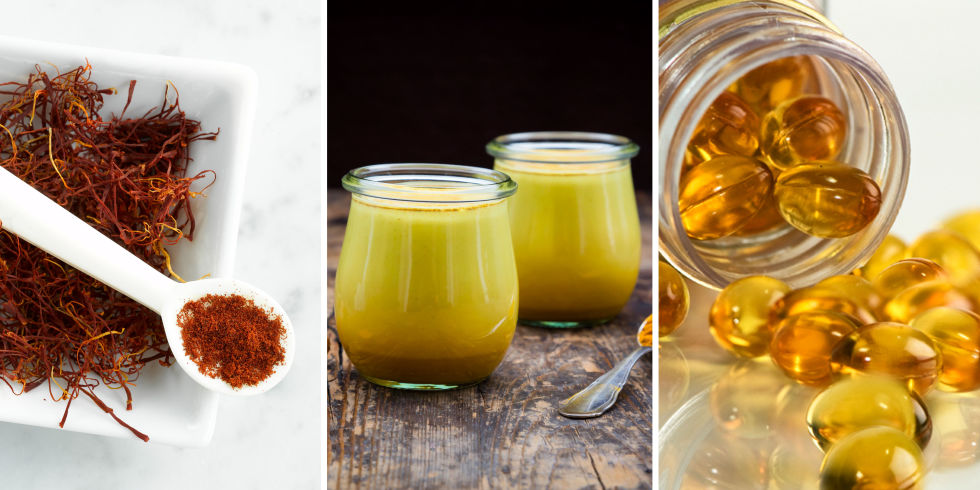


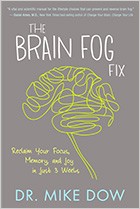 The other miracle memory treatment is something called the n-back task which is available in full in
The other miracle memory treatment is something called the n-back task which is available in full in 

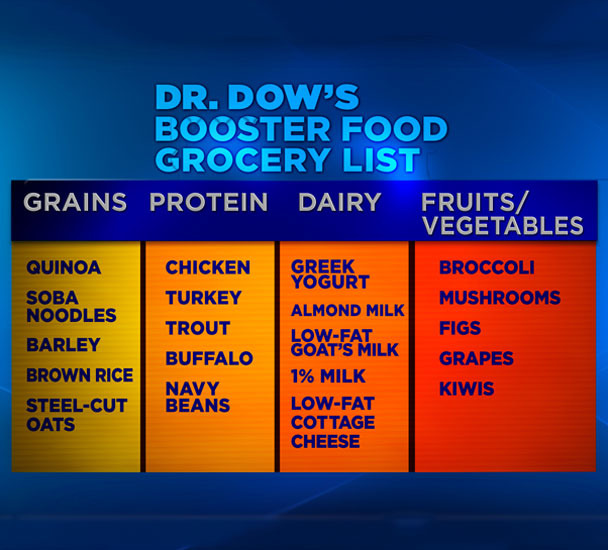



 The ideal brain-fog-clearing diet keeps junk food and carbohydrate intake low.
The ideal brain-fog-clearing diet keeps junk food and carbohydrate intake low.